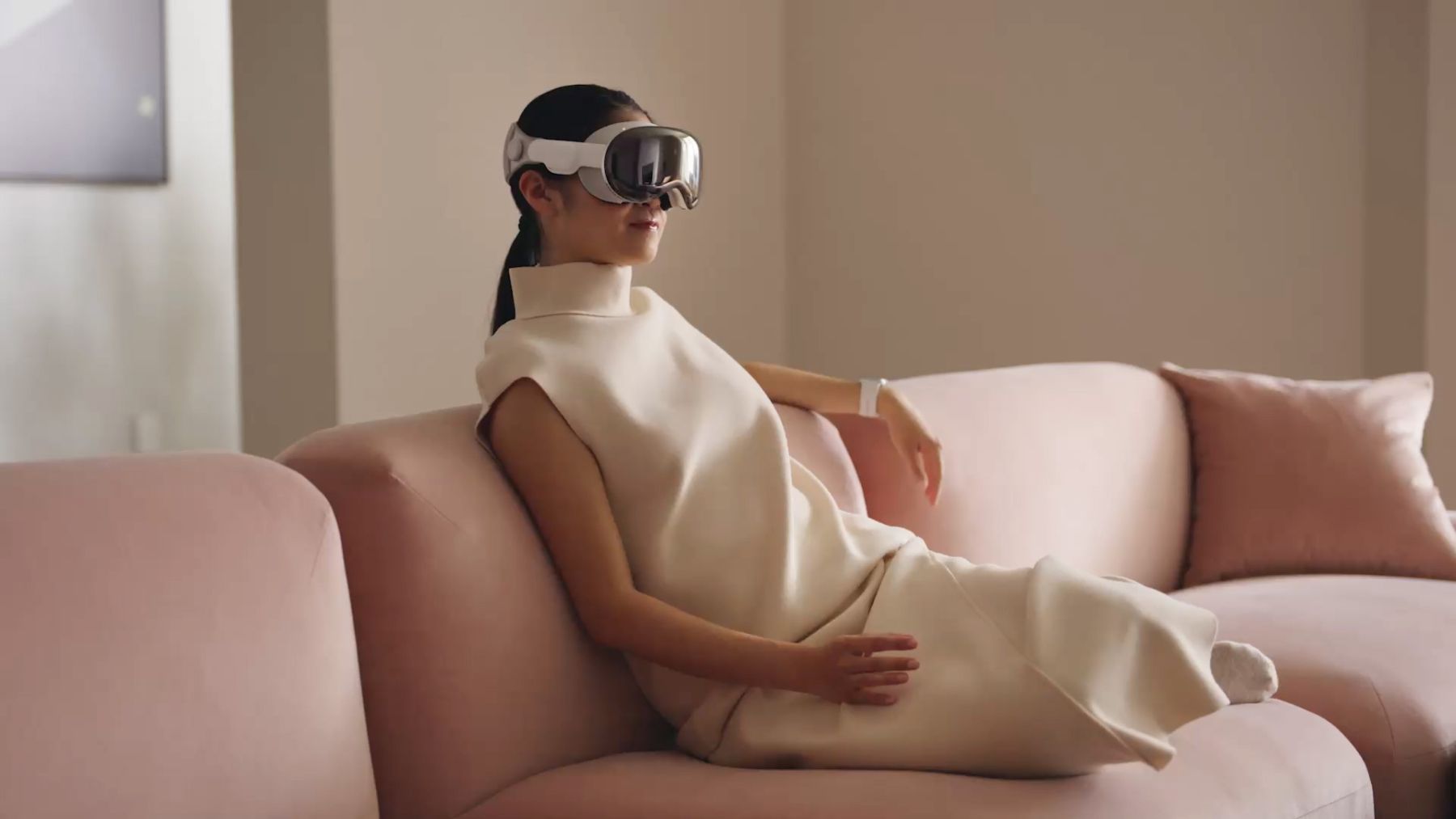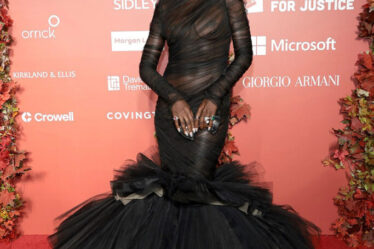
Apple’s announcement of its new augmented-reality headset, the Vision Pro, on Monday wasn’t just about introducing a fun, new product it thinks consumers will buy.
It’s a bet on the future of computers.
As chief executive Tim Cook sees it, the Vision Pro is the next step in a long evolution that began with the advent of personal computers in the 1970s. Another leap occurred in the 2000s with the rise of smartphones, which put billions of what are essentially mobile computers in the hands of people around the world. The latest stage in this process, at least in Cook’s view, is “spatial computing,” where digital elements are overlaid on a user’s physical world.
“In the same way that Mac introduced us to personal computing and iPhone introduced us to mobile computing, Apple Vision Pro will introduce us to spatial computing,” Cook said.
Apple isn’t alone in thinking the future of computing will combine digital and physical. Companies such as Microsoft, Google, Magic Leap, Snap and others have all created devices that indicate at least some belief in this vision. Meta went ahead and changed its name; its confidence was so great.
Whatever fashion businesses may think of it, the idea that computers will soon blend the physical and digital isn’t going away, even if we don’t end up calling it “the metaverse.” Apple is now working to build a content ecosystem for this future, and fashion may find itself drawn in.
One of Apple’s draws has always been the apps available for its devices. In the early years of the iPhone, “there’s an app for that” became an Apple tagline as the company worked to convince consumers its device offered enough uses to justify the price. With the Vision Pro, the company is hinting at a similar strategy. Much of its presentation focused on how it’s bringing Disney content, numerous games and work tools into the AR platform it’s building. It’s also aiming to draw in app developers to create their own content.
Fashion companies may find it hard to resist themselves. Many have smartphone apps for e-commerce and enhanced storytelling (often finding customers who download their apps tend to spend more and return more frequently). It’s not hard to imagine different branded experiences like immersive e-commerce stores or realistic product showcases that brands and retailers could devise.
While fashion hasn’t rushed to create similar experiences for other AR products, it could be more tempted in Apple’s case, given the company’s design reputation and fashion cred. Meta may have teamed with Ray-Ban on smart glasses, but Apple’s best-known fashion partner is luxury powerhouse Hermès. As a brand, Apple certainly has the prestige, and so far at least, its AR experience seems more polished than others’.
Nilay Patel, editor-in-chief of The Verge, was able to try out the Vision Pro at Apple’s event and called it “the best headset demo ever,” adding that “Apple’s ability to do mixed reality is seriously impressive.” Joanna Stern, a technology columnist at The Wall Street Journal, said “by far this is the best virtual or augmented reality headset out there” in an interview with CNBC.
On the other hand, both emphasised that Apple can call it a “spatial computer” all it likes, but the device still works and feels very much like a VR headset. Patel pointed out that, impressive as the Vision Pro is, it doesn’t answer the question of what problem it solves better than a 2D screen.
That’s the question Apple will have to answer for consumers, and fashion businesses may understandably choose to wait and see how they respond before jumping onto its AR platform. Currently, analysts predict it will be years before widespread adoption of the Vision Pro. Estimates of how many units Apple might ship in its first-year range from 200,000 to more than 1 million units, according to Reuters, which is still less than the 1.4 million iPhones shipped in that product’s inaugural year, in large part due to the Vision Pro’s high price of $3,499.
Apple, in the meantime, seems intent on doing what it can to draw in app developers, who have good incentive to oblige. Apple announced last week that its App Store ecosystem “facilitated $1.1 trillion in developer billings and sales” in 2022 and attracted more than 650 million average weekly visitors worldwide. While the audience for the Vision Pro will be far smaller at the start, a number of developers will likely still want to rush in to try and capitalise early.
As the company works to expand its content, it and others look set to keep developing augmented-reality products for years to come. Meta continues to invest billions in developing its own headsets; its Reality Labs division lost $13.7 billion last year, suggesting the scale of its spending. It’s reportedly planning to launch smart glasses in 2025 and full AR glasses by 2027. Microsoft has said it hasn’t abandoned the HoloLens, despite rumours last year it would kill the device. At the same time, start-ups such as Humane continue trying to bring out their own products.
These may or may not ever become the dominant way people go online. But they aren’t going away. Fashion may as well consider how to take advantage.



